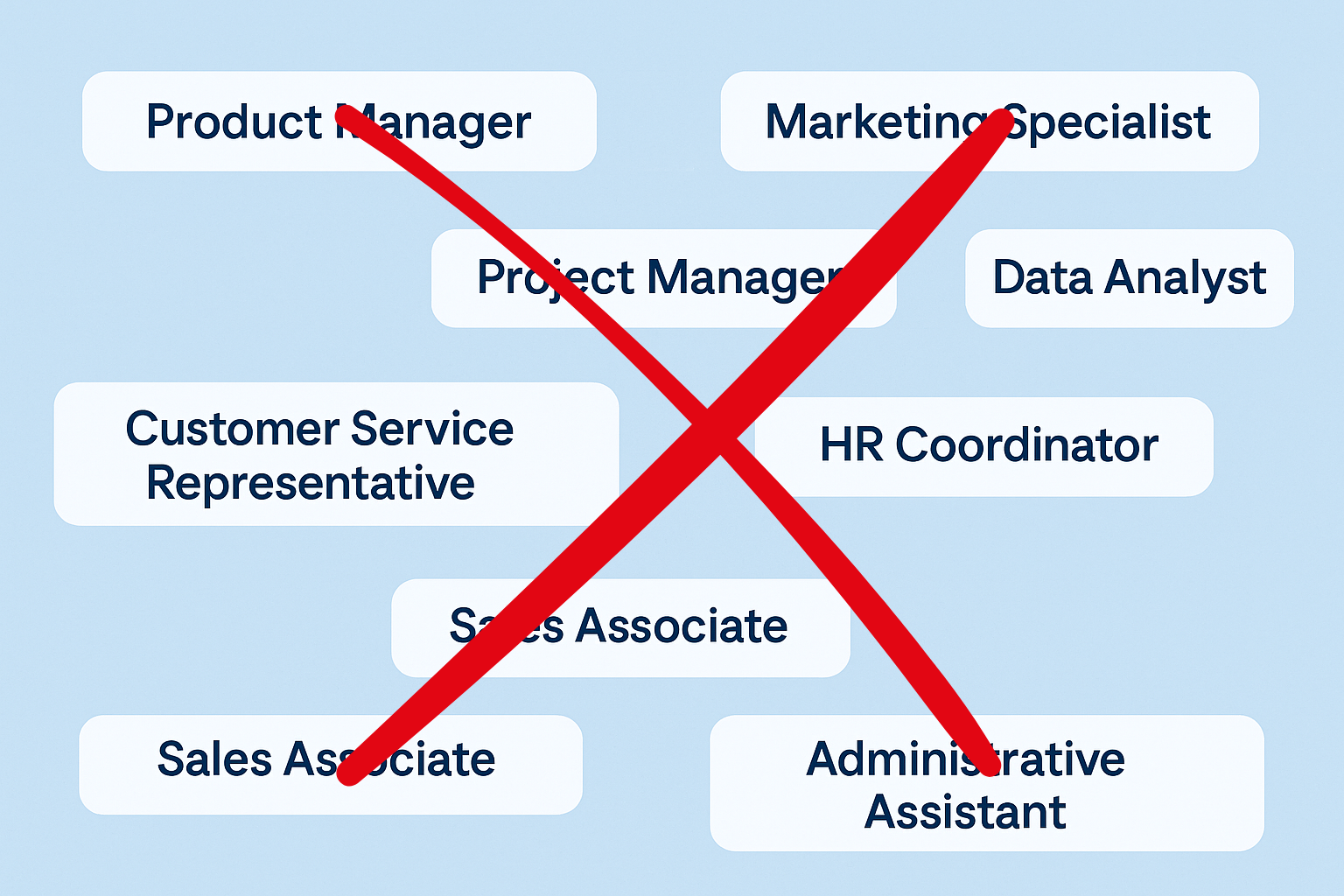The lockdown and other measures that focus on saving lives and health have created another crisis, which in the long-run, maybe even more severe than infections and deaths. The aftermath of these restrictions is making an economy and labor market shock, leading to slow business activities, hiring freezes, and lay-offs. The world is facing unprecedented times and the worst recession since World War II. We can expect that the economic activity will shrink 7 percent until the end of 2020, and countries that depend on tourism and global trade will experience it more drastically than the others. Thus, the Joint Research Centre of the European Commission’s science and knowledge service finds that the consequences of the COVID-19 crisis will likely concentrate on the most vulnerable segments of the working population. Unsurprisingly, young people will feel the aftermath more severely than established workers, and they will be a crucial group that will seek jobs. As they face unemployment, youth with a lack of resources and low wages will be the ones to look for work. Our world is nearing the nine-month anniversary since the World Health Organization declared the pandemic. That invites us to analyze how work and the job market might look in the post-coronavirus world and how businesses can combat COVID-19. Saying that remote work is one of the highlights of our changing world has become redundant. Yet, whether it will stay that way is still a question without an answer. According to Kate Lister, president of Global Workplace Analytics, an estimated 30 percent of the workforce will telework multiple days a week by the end of 2021. But as most of the countries had a slow down in COVID-19 infections during the summer, many workers who had to shift to remote work came back to office work. Essential workers couldn't choose, creating disproportion between teleworkers and those at the forefront of coronavirus. Despite everything, 2020 is still one of those historical moments when we get to question centuries-established rules and how we perceive our workplace. We have got to the point where we are encouraged to re-imagine the world of work and which system would be better for our wounded job market. Is that still a 9-to-5 work with strict schedules and offices? If we went back to how we used to be, would that mean a wasted opportunity? Or is the pandemic our chance to enhance workplaces and the job market? Stewart Butterfield, Slack's CEO, said for BBC that this is the moment to keep the best of office culture while freeing ourselves from bad habits and inefficient processes. The Future Forum research supports his words, finding that 72 percent of workers want a hybrid remote-office model after the pandemic is gone. Hence, we can assume that the world is never going back to the work we used to know before March of 2020. But what can you do until we get there, and how can you enhance your business during the pandemic? The fact that people are keener on using their smartphones than computers is not news anymore. Mobile phones are home to a myriad of useful apps that make our lives easier, especially during the pandemic. Social distancing is forcing us to turn to our phones for deliveries, transactions, and all kinds of tasks that used to require physical contact. Due to that, apps are experiencing a boom, and Oberlo forecasts that by 2030, more than 22 percent of transactions will happen online. Apps are proving to be an essential help for retailers who use it to continue their supply chains and keep the business afloat and thriving. These are some of the apps that can help you go through the pandemic. The Target app: This app will facilitate seamless curbside pickup because it allows the customers to inform the app when they’re on their way to the store. That way, the workers will be ready with the order, resulting in contactless delivery. Lowe’s: Thanks to this app, employees will be able to monitor customer foot traffic in the stores. The Home Depot app: It allows customers to search via text or photo to locate products, check inventory, and get directions to the bay where the product is. In Stock on Shelf: Gap’s app lets employees know when items on the sales floor are running low. The pandemic isn’t the only change occurring in the world, but it’s drastically speeding up tech achievements and the job market. With sustainable space-travel, AI domination, and enhanced robotics, it’s not surprising that IT professionals play a pivotal role in rebuilding efforts and the job market in the future. These are the seven careers that will be the most popular in 2021 and beyond. Information Security Analyst: This profession will experience a growth of 28 percent by 2026. Their goal is to protect an organization’s systems and networks. Software Developer: While still being a number one profession on the U.S. News 100 Best Jobs list, it will also experience a growth of 24 percent. Database Administrator: Most of these professionals work in organizations with extensive databases, and the estimated growth is 11 percent. Computer Systems Analyst: Their goal is to examine current computer systems and procedures within an organization. Site Reliability Engineer: These professionals create and develop business technology. Computer Network Architect: To turn the company’s strategic objectives into reality, they build data communication networks. Hardware Engineer: The estimated growth for this career path is five percent. Final Thoughts As the above content shows how invariably COVID-19 impacts the different jobs and groups of workers. Thus, due to the outbreak of COVID-19 current job market is definitely suffering; but it is also true that some new jobs will form soon while some jobs will be reduced. These new jobs will create an amazing new job market..png)
No matter how weary you must be of hearing about the coronavirus pandemic, it’s impacting all the countries around the world, disrupting our lives in the process. Work is one of the essential areas, and inevitably, it’s just another aspect that struggles with the impact of COVID-19. Mandatory masks and social distancing are only the surfaces of its consequences. RE-IMAGINING THE WORLD OF WORK AND JOB MARKET
MOBILE APPS THAT WILL HELP YOU COMBAT COVID-19
TECHNOLOGY JOBS OUTLOOK IN 2021 AND BEYOND
Impact on the current job market due to COVID-19
1.png)
Recent Articles

24-Dec-2025
Looking Back at 2025: Gratitude, Grit, and a ...
As 2025 ends, it feels less like an ending and more like a pause. A moment to breathe and reflect. A moment to look around. A moment to acknowledge th...

08-Dec-2025
The End of Job Titles: Why Skills, Outputs, a...
Recently, a business column made an unusual observation - several Fortune 500 companies quietly removed 40+ job titles from their internal systems. Ti...

17-Nov-2025
Hiring For Energy And Outcomes Over Culture F...
This week a headline made the rounds in HR circles: companies are retiring “culture fit” and switching to “culture add.” Their argument is, hi...
